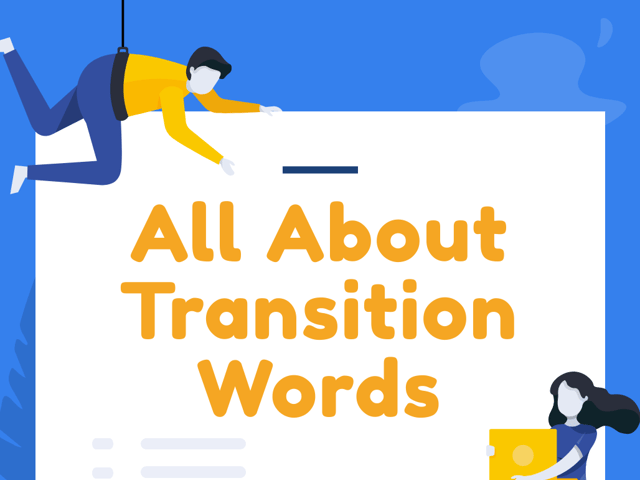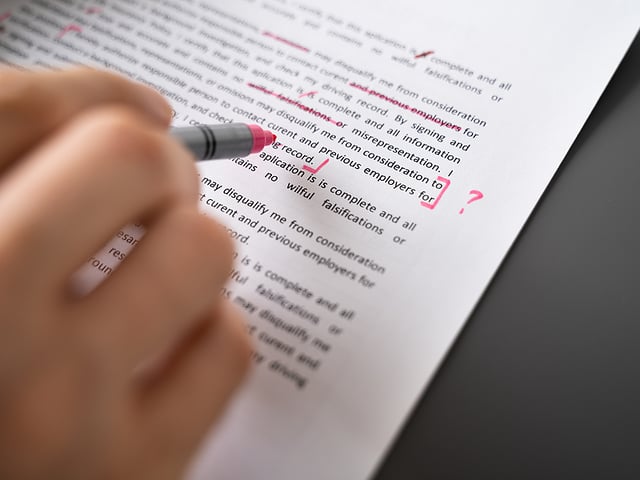
Using Transition Words in Writing
Whether it is an informal piece or a formal one, writing requires a certain cadence to be understandable and compelling. Although much of this is achieved through the mere delivery of information, there are some aspects of writing that help clarify a given topic, such as word choice, the use of compound sentences, and employing transition words. While each of these strategies is an essential part of writing, the use of transition words stands out as an extremely important component, allowing authors to seamlessly flow from one idea to the next. So what exactly is a transition word?
What Is a Transition Word?
A transition word is any word that connects two thoughts or ideas. Some transition words are simple, such as and, but, and or. These words are typically taught at the beginning of English language instruction, and are widely used in both formal and informal writing. Although these are helpful transition words, there are far more from which to choose. Some of them are designed to aid in explanation, some created to compare or contrast, some designed to denote the passage of time, and some designed to simply link two ideas.
How Is a Transition Word Helpful?
In the passage above, there are several transition words of note. Here is the previous paragraph, with each transition word shown in bold:
“A transition word is any word that connects two thoughts or ideas. Some transition words are simple, such as and, but, and or. These words are typically taught at the beginning of English language instruction, and are widely used in both formal and informal writing. Although these are helpful transition words, there are far more from which to choose. Some of them are designed to aid in explanation, some created to compare or contrast, some designed to denote the passage of time, and some designed to simply link two ideas.”
None of these transition words stands out within the body of the paragraph, but without each of them, the meaning of the sentences would change, they would make little sense, or they would sound awkward.
What’s the Best Way to Learn How to Use Transition Words?
To learn how to use transitions effectively, read often and from varied texts. Children’s books are filled with transitions, as are advanced instructional texts. Reading is the most effective method of becoming familiar and comfortable with transition words and how they are used.
Which Transition Words Should I Use?
When using transitions, aim for words that help move your work or narrative along. If it is better to simply state a fact, such as “The dog was declared overweight by the vet,” then simply state a fact. If, however, you are trying to link two sentences together, and want to provide greater detail, use a transition word, as shown here:
“The dog was declared overweight by the vet. Consequently, his owners put him on a strict diet. After two months on his diet, he was able to recover from numerous health issues.”
In this quick passage, the transition words consequently and after are used to denote cause and effect and the passage of time.

Keep Reading

ACCUPLACER Test Blog
What’s a Good Score on the ACCUPLACER?
The ACCUPLACER test, particularly in its latest incarnation as the Next…

ACCUPLACER Test Blog
How to Do Well on the ACCUPLACER Essay
Navigating the ACCUPLACER essay, also known as the WritePlacer, can fee…

ACCUPLACER Test Blog
Essay Writing Practice and Prompts for the ACCUPLACER
The essay portion of the ACCUPLACER is the WritePlacer®. It evaluates y…